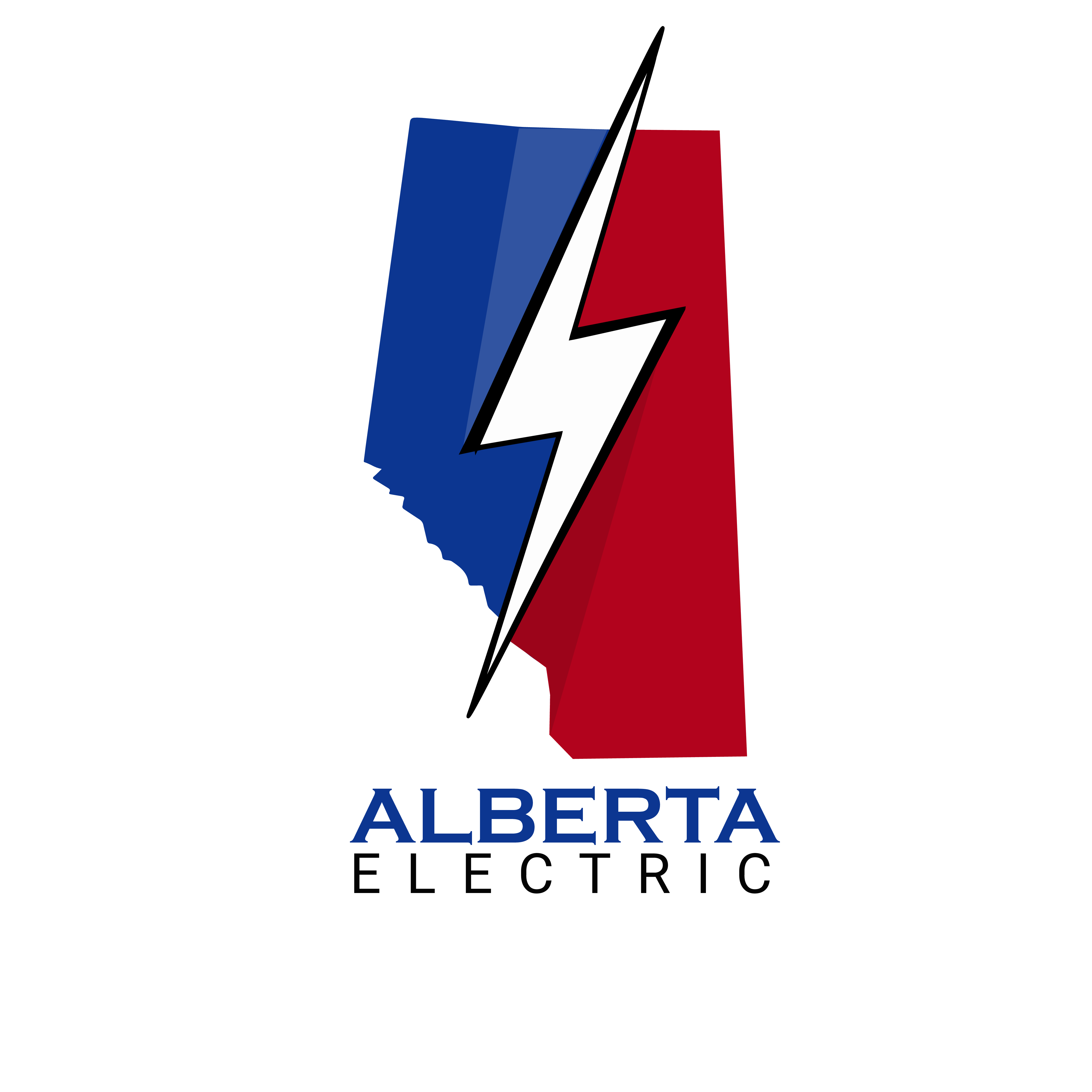What are the best practices for EV charger installation in 2024?
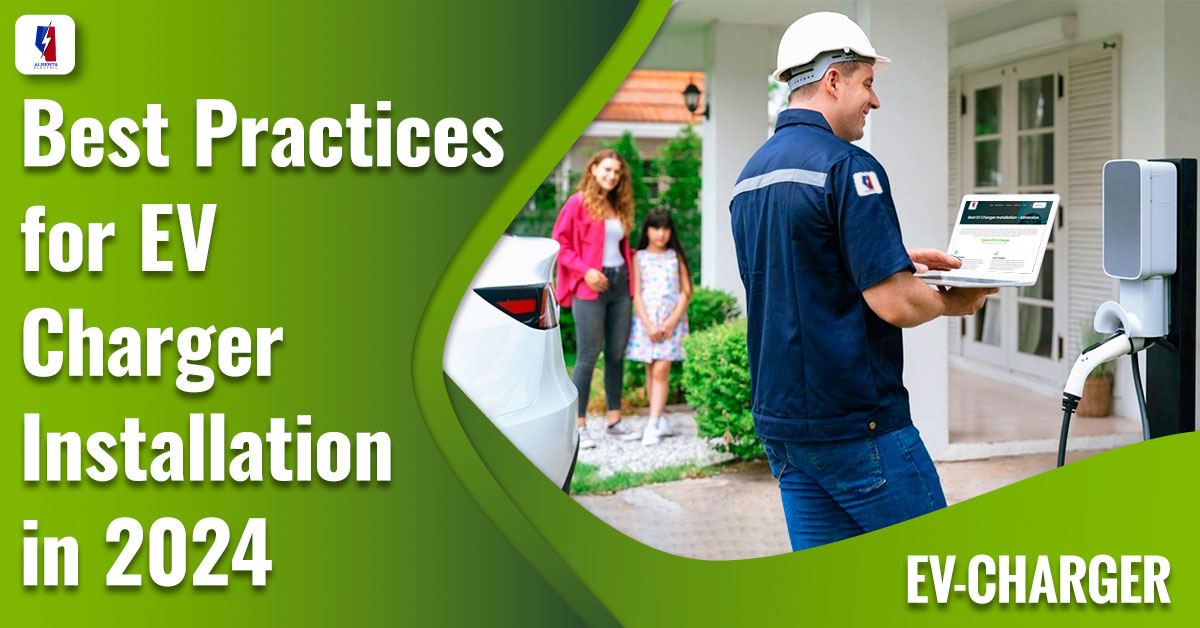
The best practices of EV charger installation focus on checking the power supply, selecting compatible equipment, and complying with regulations. However, EV Charger Installers prioritize convenient, accessible placement with weatherproofing and scalability. In addition, if you are interested in knowing about the installation, you will get the complete details of integration and user experience.
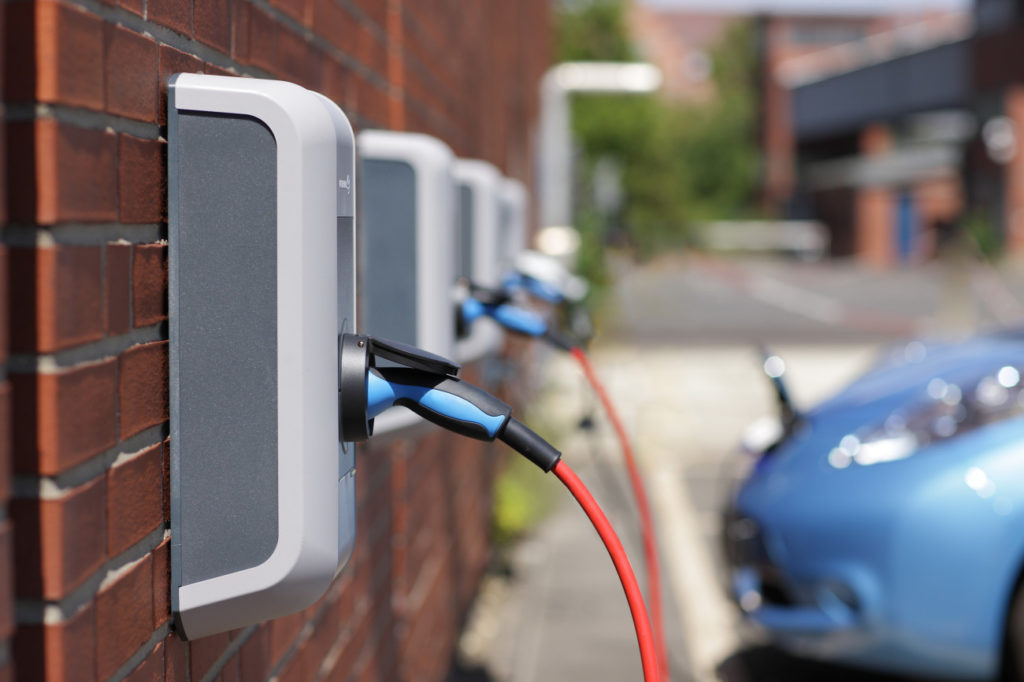
How to Install an EV Home Charger?
The installation of an EV charger in the home depends on the type of charger your electrical panel can use to handle the charger’s requirements. So, you need to select a compatible charger and determine the installation location. After that, you need to hire a professional electrician or EV charger installation service provider to install the charger in your specified location. To get expert services, Evchargeredmonton offers the best installation services in Edmonton. They also provide instructions on charger usage and maintenance.
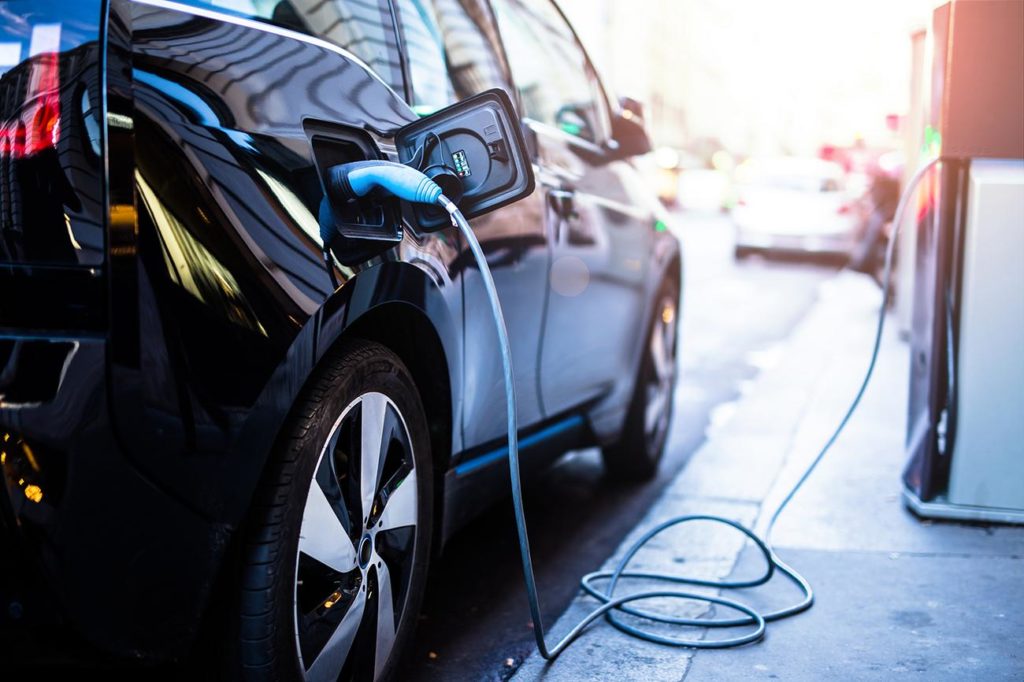
Types Of EV charger installation
As you read above, the type of charger is important before installing it in your home, so 3 main types of EV Chargers have different capacities and usages. Let’s explore them before choosing the best charger for your home.
Level 1 Chargers
Level 1 chargers are most common for installation at home because they need 120-volt AC to run and provide charging to EVs. However, it can take 40 to 50 hours to charge a BEV. On the other hand, charging PHEVs can take five to six hours to charge completely.
Level 2 Chargers
The Level 2 EV charger installation needs more voltages, up to 240V, for execution. They can take less time to charge electric vehicles due to the high electricity voltage. In fact, in 4 to 10 hours, Level 2 chargers can charge BEV. Moreover, they can charge PHEV in 2 hours due to the high voltages. So, they are best for home residential areas and are also applicable for workplace and public charging.
Level 3 Chargers
Level 3 or DCFC are the powerful chargers that are mostly used for commercial purposes. They are mostly installed on highways to encourage the rapid charging of BEVs. In fact, these are use in commercial EV charger installation for public services, commercial stores and more. In this way, they can charge the electric vehicles in half or one hour. Therefore, they are useful for public services that are installed in public locations.
Choose the Best EV Charging Level
As we mentioned, the types of EV chargers have different capacities for consuming voltages. This way, you can consider which is best for your home to install for your electric vehicle. However, if your home electric supply is 120 voltage AC, you must choose the Level 1 charger to install. On the other hand, if you have a 240V electric current in your home electricity, then you can prefer level 2 EV charger installation in your home. This is because they can charge your electric vehicle in a short time compared to a level 1 charger. But if you are looking commercial EV charger installation for a public area, then Direct Current Fast Charging (DCFC) is the best choice for installation in a public location.
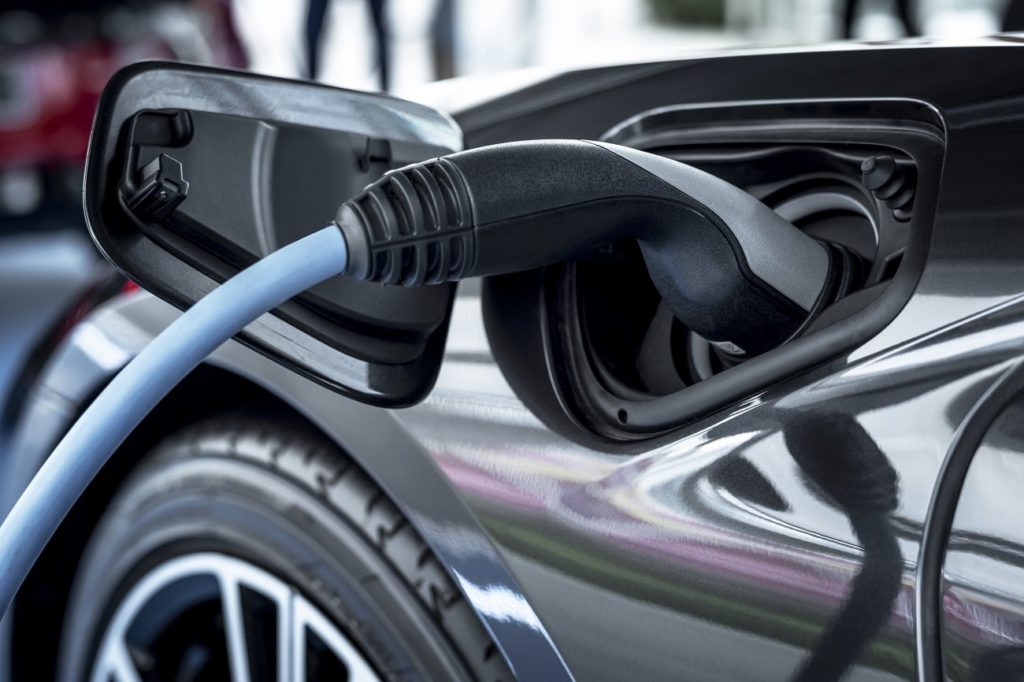
Best EV Charger Installation Practices
We have already discussed the installation process, and you can follow the guidelines to install the EV charger in your home. However, further instructions that Evchargeredmonton company uses are also available on this page. So, you can also read them and learn the best practices for installing the EV charger in your home.
Mounting the EV Charger
When mounting an EV home charger installation in your home, the team at Evchargeredmonton focuses on two main steps: site selection and charger installation. So, you can see how they prefer the site selection before installing the EV Charger.
Site Selection:
In the site selection, you need to choose a spot near your parking space, preferably close to the electrical panel. In fact, you need to ensure easy access to the vehicle and sufficient space. However, during site selection, you need to select a location shielded from direct sunlight, rain, and extreme temperatures.
Charger Installation:
When installing the charger, turn off the electricity on the breaker panel and mark the mounting points. Also, secure the charger using appropriate hardware, ensuring it’s level and sturdy. After that, connect the charger to the electrical panel. Lastly, turn on power, test the charger functionality, and verify proper operation.
By following these two steps, you can ensure a safe and effective EV home charger installation.
EV Connection Setup
Setting up an EV charger connection involves two critical aspects:
Power Supply Connection:
Make sure the electrical panel has enough power for the charger, and then add a specific circuit breaker and wiring. Also, match the circuit’s status and power needs with those of the charger.
Wiring Specifications:
Use proper gauge wires according to the charger’s capacity. Typically, 40-amp or 50-amp are best for residential chargers. In addition, install Ground Fault Circuit Interrupter (GFCI) protection if required and connect wires securely to ensure safe operation.
These steps ensure a safe and efficient EV charger setup with proper power supply and wiring specifications.
Testing the EV Charger Installation
It is also important to test an EV charger after installation, which involves two main components: system checks and safety inspections.
System Checks:
Verify that the charger powers up and communicates with the vehicle. Test charging capability to ensure it delivers the expected power to the vehicle. If applicable, ensure the charger’s firmware is up to date for optimal performance.
Safety Inspections:
You need to confirm proper wiring connections and check for any signs of overheating or damage. Also ensure the charger is effectively grounded to prevent electrical hazards. Moreover, validate installation meets local electrical codes and manufacturer guidelines for safety. So, performing thorough system checks and safety inspections ensures the EV charger installation is safe, reliable, and compliant with regulations.
Ready to Install Your Electric Vehicle Charger?
If you’re ready to install your electric vehicle charger, contact the professional team of Evchargeredmonton. They offer services and information related to Edmonton residents who are looking to set up EV chargers in their homes. So, it’s important to ensure professionals install your electrical setup for safety and efficiency.
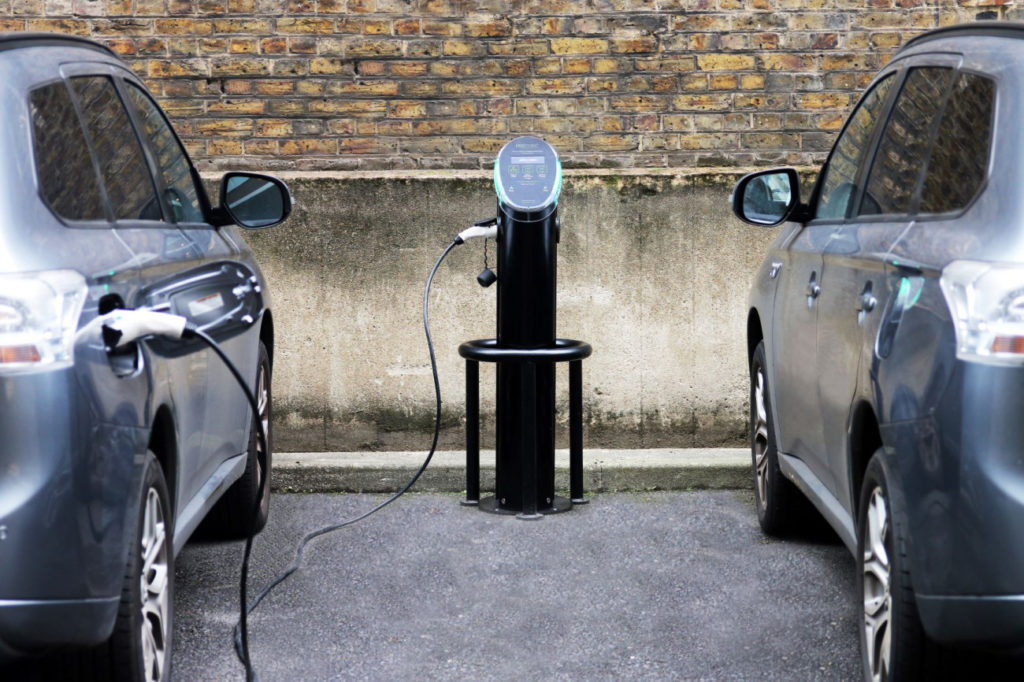
Conclusion
In conclusion, implementing the practices for EV charger installation in 2024 involves detailed attention to power supply assessment, equipment compatibility, and regulatory compliance. Installers prioritize accessible placement and weatherproofing for optimal user convenience. For integration and user experience insights, consult professionals like Evchargeredmonton, who offer expert guidance and installation services for Edmonton residents. Following these guidelines ensures EV chargers’ safe, efficient installation and reliable operation at home or in public spaces.
Recent Posts
Choosing the Right EV Charger for Your Home: A Simple Guide
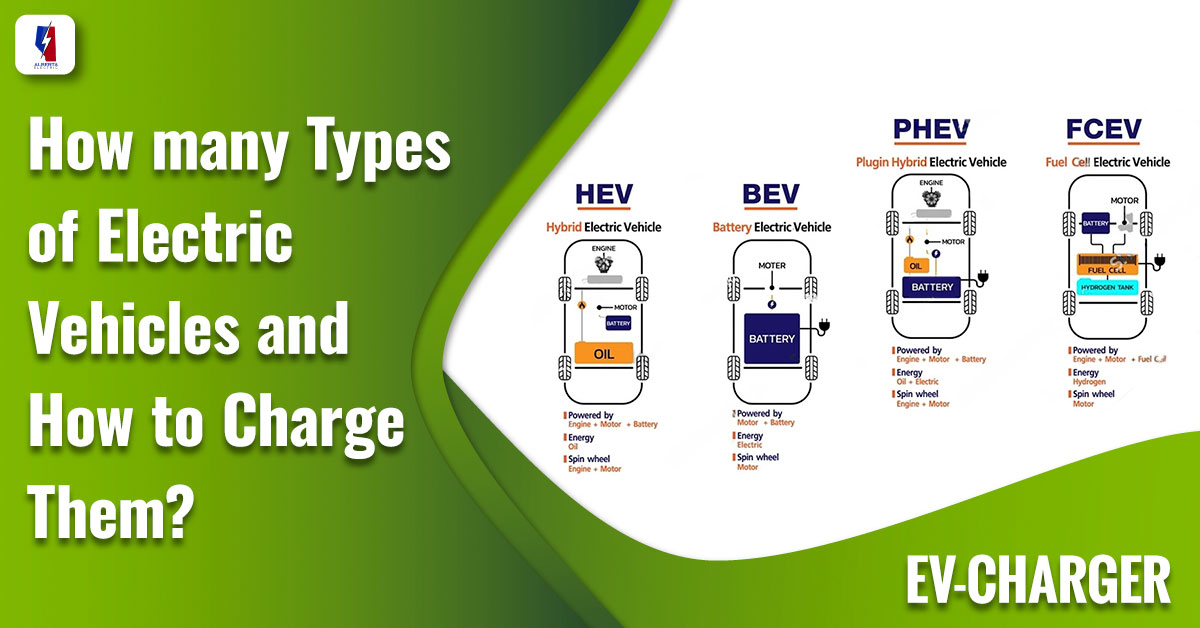
How many Types of Electric Vehicles and How to Charge Them?

